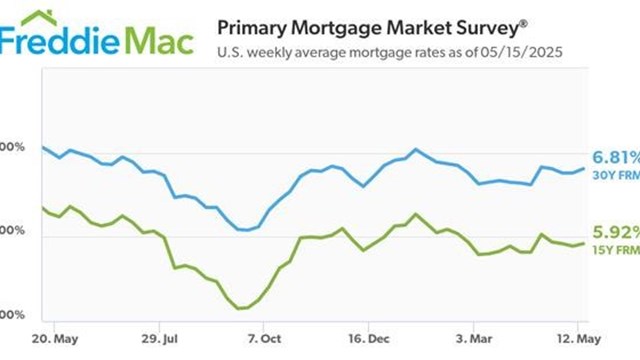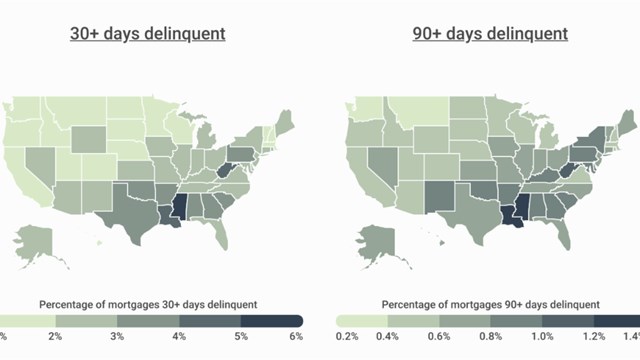The World Property Journal reports that the costs to comply with regulations imposed by all levels of government account for an average of 40.6% of multifamily development costs nationally.
The National Association of Home Builders (NAHB) and the National Multifamily Housing Council (NMHC) surveyed 49 developers across the U.S. to determine the effects that regulations and other factors have on both building costs and whether projects get completed at all. The data indicate that in spite of the challenges the nation faces with adequate and affordable housing, the regulatory environment for developers is such that nearly half of their average costs go toward the variety of regulations imposed by all levels of government, include zoning requirements, building codes, impact fees, permitting requirements, design standards, public land requirements, and federal Occupational Safety and Health Administration (OSHA) regulations and other labor requirements.
The World Property Journal contends that many of the regulations go beyond what should be required for health and safety and are in some instances duplicative, onerous, and require additional resources to confirm compliance. This, says the outlet, imposes costly mandates on developers that drive housing costs higher.
“The U.S. is facing a serious housing affordability crisis, in part, because of this overly burdensome regulatory environment,” says Doug Bibby, NMHC president. “We need to do all we can to lower the cost of housing, and that should start with eliminating duplicative and unnecessary regulations. Those extra costs make many projects financially nonviable given that housing providers are already dealing with sky-high land, materials, and labor costs.”
The research also examined regulations and other factors that can impact whether development even occurs. Three quarters (74.5%) of respondents said they encountered “Not In My Backyard (NIMBY)” opposition to a proposed development. Confronting that opposition adds an average of 5.6% to total development costs and delays the completion of those new properties by an average of 7.4 months, according to the Journal.
Other regulatory requirements add complexity to projects or make development in certain areas or at certain price points less feasible. Inclusionary zoning, for instance—jurisdictions where 43.8% of respondents said their typical projects were located—require developers to set aside a certain number of units for offer at below-market rates. Covering the costs of those lower rents, according to the survey data, results in an average 7.6% rent increase on the remaining units. Consequently, 47.9% of developers said they avoid building in a jurisdiction with inclusionary zoning requirements; 87.5% avoid working in jurisdictions with rent control. In areas where housing is so desperately needed, says the Journal, developers are not incentivized to build.
“This study clearly shows how burdensome regulations are exacerbating the nation’s housing affordability crisis and that officials at all levels of government need to make it a priority to reduce excessive regulatory costs to allow developers and builders to boost housing production and ease affordability challenges,” says NAHB chairman Jerry Konter.










Leave a Comment